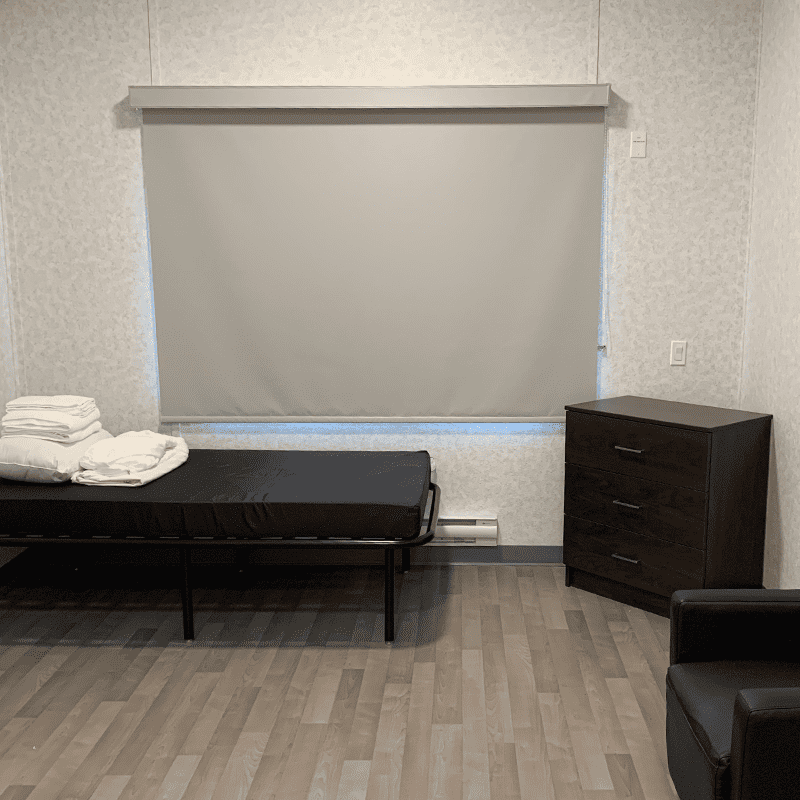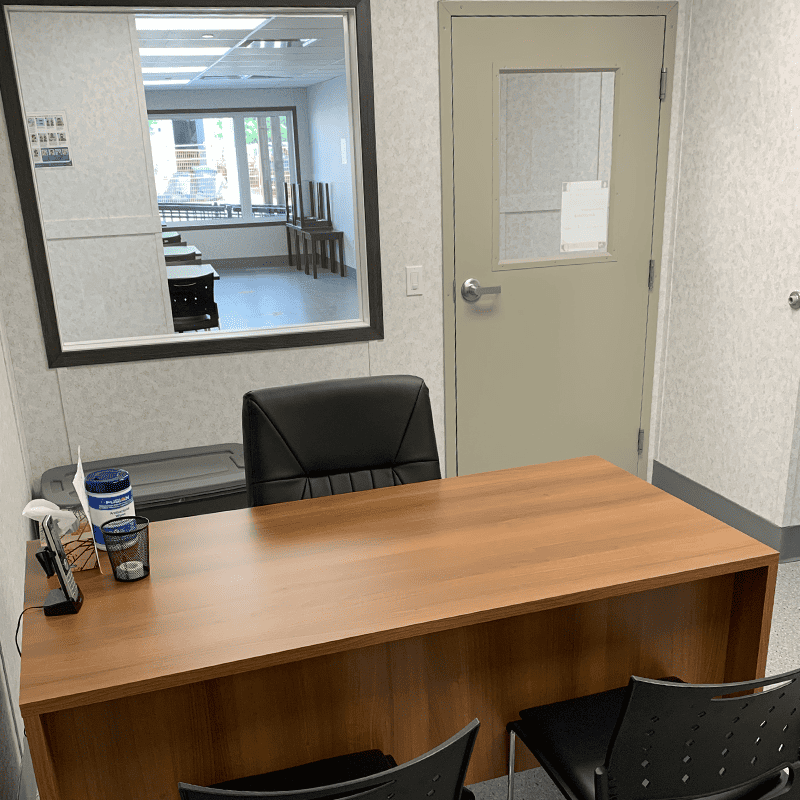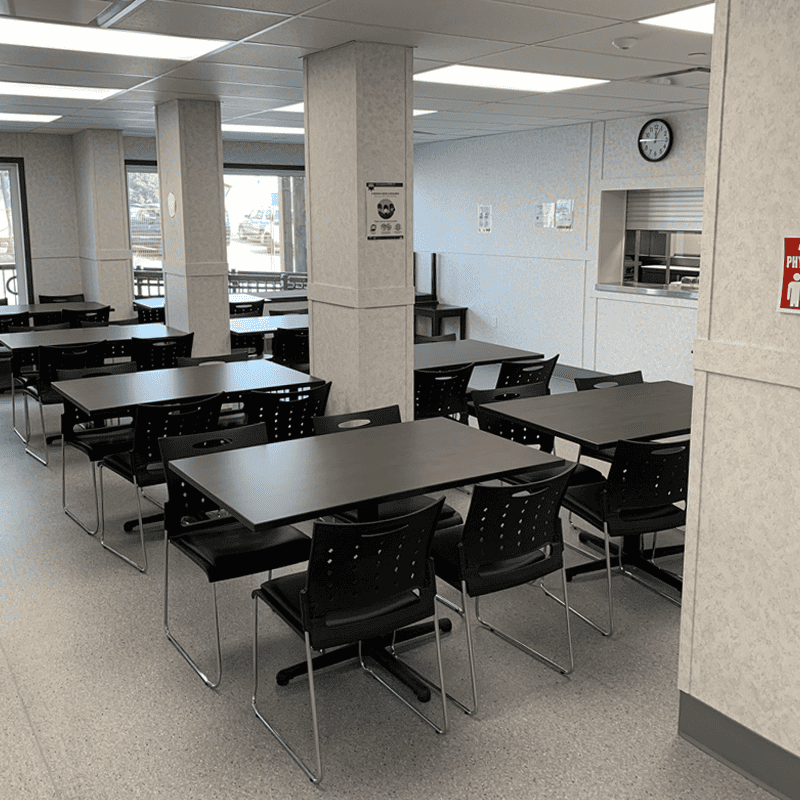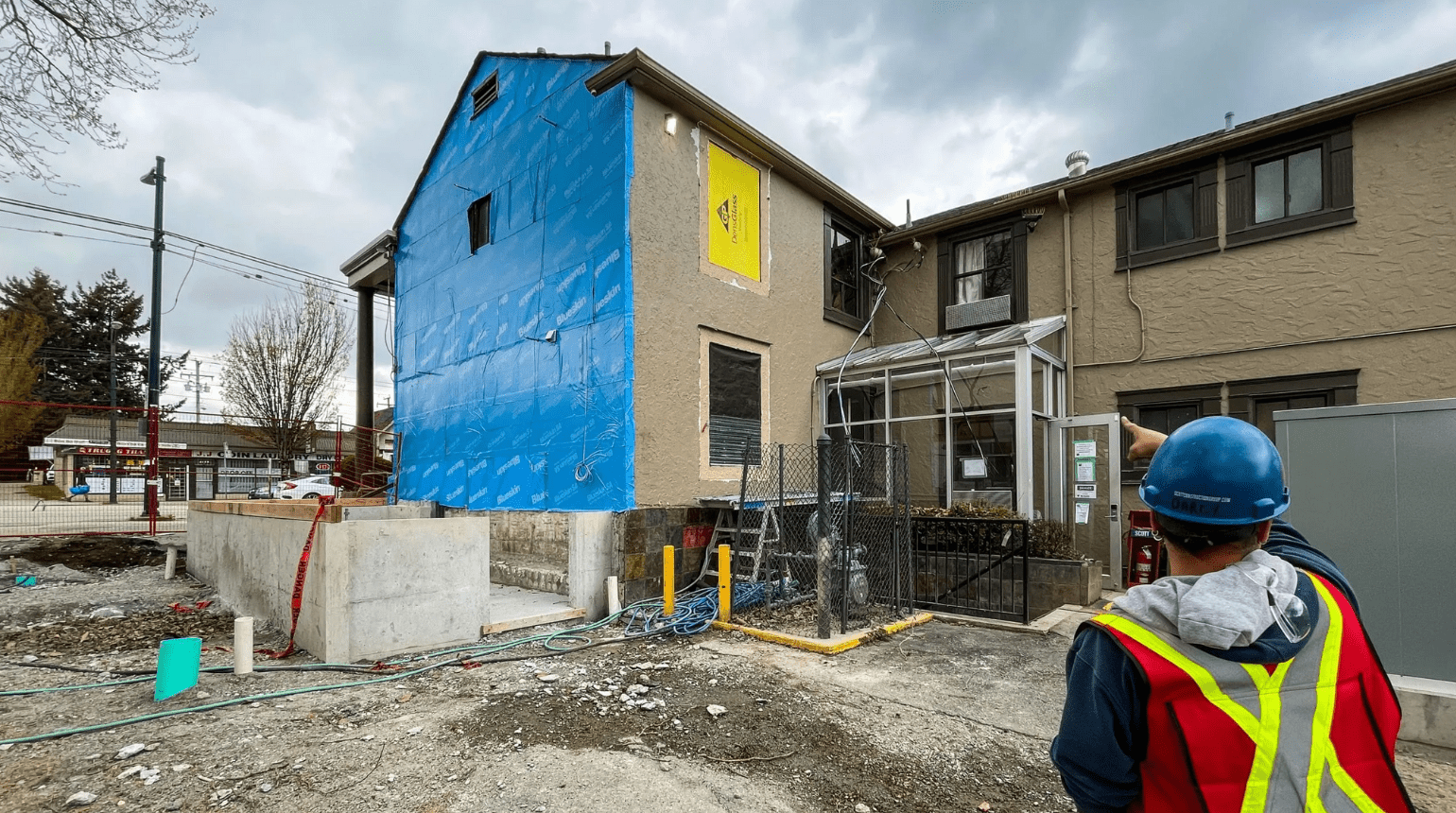Assisted Living vs. Supportive Housing: Understanding the Key Differences
Supportive housing and assisted living can often be confusing to distinguish, but both serve important roles in providing housing and care.

Assisted living and supportive housing can often be confusing to distinguish, but both serve important roles in providing housing and care. Both offer essential services, but the level of care, independence, and support they provide differs.
Assisted living is designed for adults who can live independently but need some help with daily tasks in a supportive environment. Supportive housing, on the other hand, is intended for individuals who need extra supports to maintain stable, affordable housing. Understanding these differences is key to ensuring people receive the right type of housing and care based on their needs.

What is Assisted Living?
Assisted living provides housing, hospitality services, and regulated care for adults who can live independently and make their own decisions but need a supportive environment due to physical or functional health challenges. It is designed for individuals who require some assistance with daily tasks while still maintaining a level of independence.
Assisted living services typically include:
- Personal care assistance, such as help with bathing, grooming, dressing, and mobility.
- Suitable for people who need ongoing help with daily tasks but still want to maintain some level of independence.
- Basic activity programming, such as games, music, and crafts.
What is Supportive Housing?
Supportive housing is housing that provides on-site support services for people who are at risk of or experiencing homelessness. Unlike assisted living, which focuses on personal care and daily assistance, these housing programs help residents secure and maintain stable, affordable housing while supporting their progress toward greater independence.
These housing programs can offer a range of essential services, some including:
- Mental health support to help individuals manage their well-being.
- Addiction recovery programs for those overcoming substance use challenges.
- Life skills training to support independent living, such as budgeting and cooking.
- Financial counselling to assist with money management and finding stable affordable housing.
Understanding the Similarities Between Assisted Living & Supportive Housing
Assisted Living and Supportive Housing share several similarities, which often leads to confusion. Both offer 24/7 staff support, ensuring that residents have access to help whenever needed. While Assisted Living focuses on personal care, such as assistance with bathing or dressing, and Supportive Housing offers broader support like mental health and addiction recovery, both provide a sense of security around the clock.
Supportive Housing on the Housing Continuum

The housing continuum represents the various types of housing that are available in communities. On the far-left side, there are individuals and families who are in a crisis and in need of emergency shelter. In the middle are renters who have secured longer term housing coupled with various types of support services. Then, on the far-right side of the continuum are independent renters and homeowners.
Supportive housing sits slightly off to the left of this continuum. It is more than just a place to live—it provides stability, fosters independence, and offers essential resources to help individuals thrive. This empowers individuals who can live independently but need additional supports to maintain stable, affordable housing.
Connective’s Assisted Living & Supportive Housing Programs
At Connective, we are dedicated to providing person-centered supportive housing that helps individuals overcome barriers and achieve their goals. Our supportive housing programs provide stable, long-term housing with person-centered supports. Residents may live in Connective-operated housing or a community setting, depending on their needs. Some programs, including those for individuals under Community Living BC (CLBC), provide varying levels of staff support and supervision.
While some residents choose to stay permanently, others transition to more independent living, and we assist them in finding affordable housing when they are ready.
In addition to our supportive housing programs, we also offer assisted living programs. Our newest licensed assisted living program, Juniper House, provides a safe and supportive environment for adults and seniors living with dementia or acquired brain injuries (ABI). Located in Prince George, Juniper House offers 24/7 wraparound support tailored to the unique needs and goals of each resident.
These programs provide not only immediate stability but also the support residents need to maintain their independence and actively participate in their communities.
































